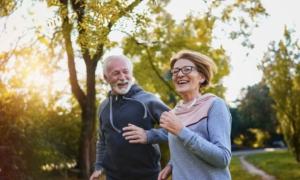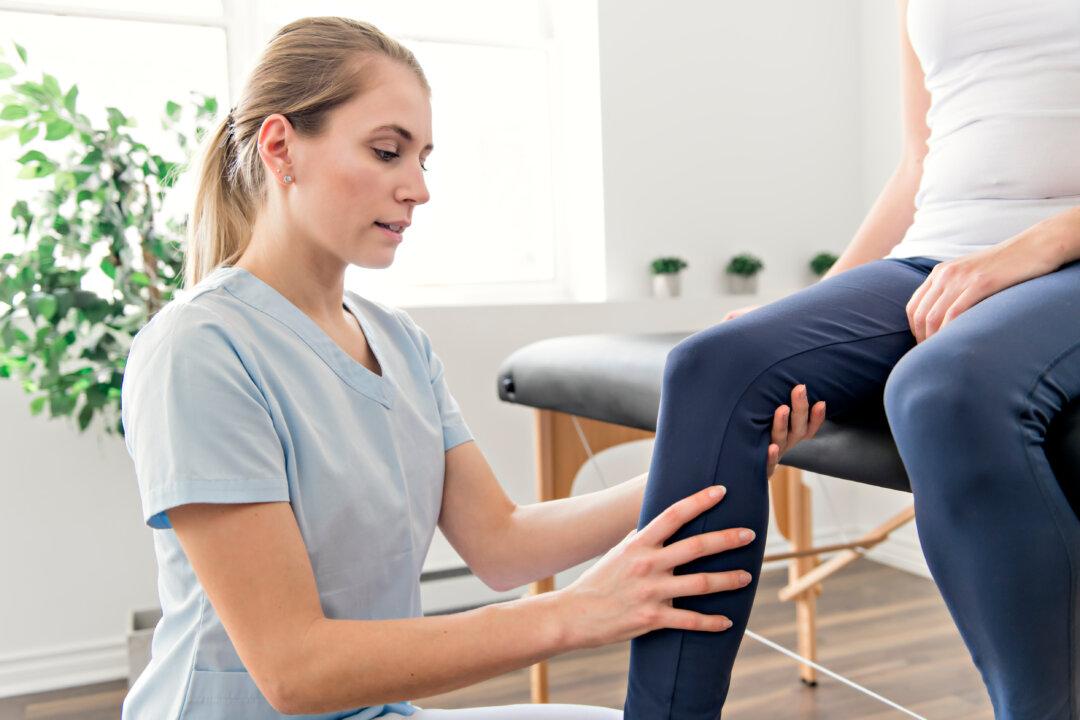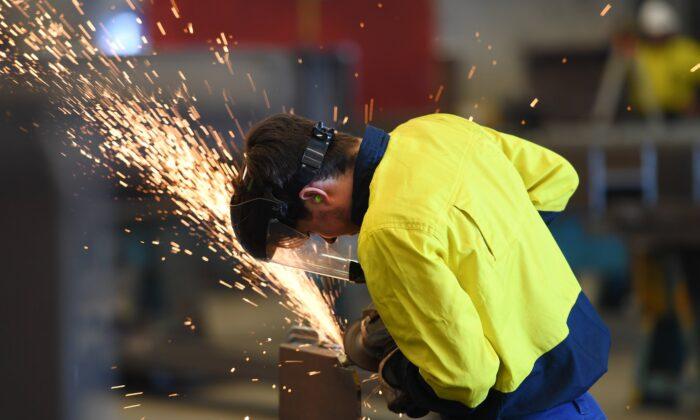Building muscle isn’t just about looking good; it’s a cornerstone of health, boosting insulin sensitivity, lowering diabetes risk, and even improving cancer survival rates. But does effective muscle growth require the pain of post-workout soreness?
This common belief may be misguided.
Understanding Post-Workout Pain
Delayed onset muscle soreness (DOMS) usually results from microdamage within the muscle and occurs 24 to 72 hours post-workout. While commonly associated with resistance training, DOMS can also result from cardio exercises, especially after strenuous activities or those to which one is unaccustomed.At the cellular level, muscle fibers, including actin, myosin, and titan filaments, sustain damage from lifting heavy weights or engaging in unfamiliar exercises. This damage triggers an inflammatory response, leading to the production of inflammatory markers. Histamines are then produced, causing swelling and inflammation, which, in turn, cause pain or soreness.
To promote muscle growth, you need to introduce variety into your workouts, Rob Newton, a professor of exercise medicine at Edith Cowan University in Australia, told The Epoch Times. If you maintain the same training regimen, your muscles adapt and no longer have a reason to change, he noted.
For muscle growth, the volume load must increase, potentially causing DOMS. Both heavy and light loads can induce hypertrophy, with volume being the key factor, Newton said. However, excessive DOMS can hinder subsequent workouts.
No Pain, Still Gain
DOMS “is not essential” for muscle growth, Newton said.“You can still stimulate hypertrophy without producing any DOMS. Absolutely,” he said.
Downstairs walking involves eccentric contractions, which lengthen the quadriceps. Daily activities and exercises typically include static (isometric), shortening (concentric), and lengthening (eccentric) muscle contractions.
The study found that downstairs walkers gained twice the strength of upstairs walkers, with both groups showing increased upper thigh size. No participant reported muscle soreness.
Researchers noted that eccentric endurance exercise is less metabolically demanding than concentric exercise for the same work. They suggested that stair-walking exercises could be introduced to older obese women without causing muscle damage by gradually increasing the exercise volume.
Additional benefits of stair walking included lower resting heart rate, lower systolic blood pressure, decreased low-density lipoprotein (LDL) cholesterol, glucose, insulin, and whole blood glycosylated hemoglobin—all associated with increased muscle mass.
Moreover, when it comes to rehabilitation, patients don’t need to experience DOMS to gain benefits, said Henry Au-Yeung, an Australia-based physiotherapist.
DOMS Shouldn’t Deter Strength Training: Expert
While DOMS is a common side effect of starting a new workout routine, it shouldn’t deter people from embarking on a strength training program, according to Newton.He said there are ways to minimize DOMS, such as gradually increasing exercise intensity and volume. To reduce initial discomfort, he recommends limiting eccentric exercises during the first few weeks. Gradually introduce and increase these exercises over time, he noted.
- Massage before and after an exercise session.
- Get adequate sleep and rest.
- Get adequate nutrition. The current American College of Sports Medicine recommendation is 1.2 to 1.7 grams of protein per kilogram of body weight per day.
- Gradually increase exercise intensity.
“Our muscles are pouring out medicine,” he said. During and after exercise, they release beneficial substances that boost the immune system, reduce inflammation, and even help clear arteries. Regular workouts provide a consistent dose of “this exercise medicine.”
These muscle-generated hormones, or chemical messengers, offer significant health benefits, according to Newton. For instance, cytokines such as interleukin-6, -10, and -15 support the immune system’s anticancer response. Brain-derived neurotrophic factor, crucial for nervous system health, is also released by muscles, he said.
“It has been observed that people with a lower muscle mass produce less of these signaling molecules, and so cannot ‘dose’ their bodies with these endogenous medicines at the same level as someone with a large amount of muscle,” Newton added.
Moreover, the problem with historical guidelines and recommendations is that aerobic exercise is emphasized more than resistance training, Newton said. While aerobic exercise is essential for cardiovascular health, it’s equally important to prioritize resistance training, he noted.
Recommendations for Muscle Growth
Australian guidelines recommend adults get 150 minutes of moderate to vigorous physical activity weekly, including at least two muscle-strengthening sessions for each major muscle group. Similarly, the U.S. Department of Health and Human Services advises adults to perform muscle-strengthening activities at least twice a week.“It is best to spread the exercise across the week so that you are exercising most—if not every—day,” Newton said. “For example, it is better to do five sessions of 30 minutes than two sessions of 75 minutes.”
For convenience, exercise can be broken up throughout the day. For example, 15 minutes in the morning and 15 minutes in the afternoon can meet a 30-minute daily target, he added.
When starting, it is important to keep the volume of exercises low—one set of each exercise for around 8 to 12 repetitions.
“Then additional sets of each exercise can be added over the subsequent two to three weeks, building up to perhaps 3 to 4 sets of each exercise,” Newton added. “As the person gets stronger, they need to increase the resistance so that the relative overload remains sufficient.”







